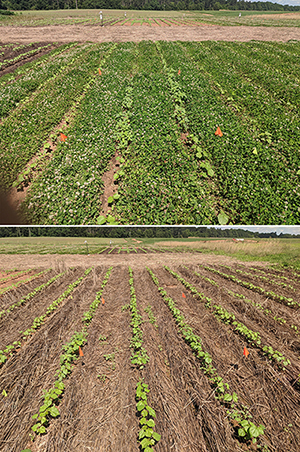 CAES News
CAES News
Recession and Agriculture
While there is a lot of concern about impending recession in the U.S., the traditional economic indicators of recession aren’t fully apparent, especially in the agricultural sector, according to State Fiscal Economist Jeffrey Dorfman, a professor of agricultural and applied economics in the University of Georgia College of Agricultural and Environmental Sciences.

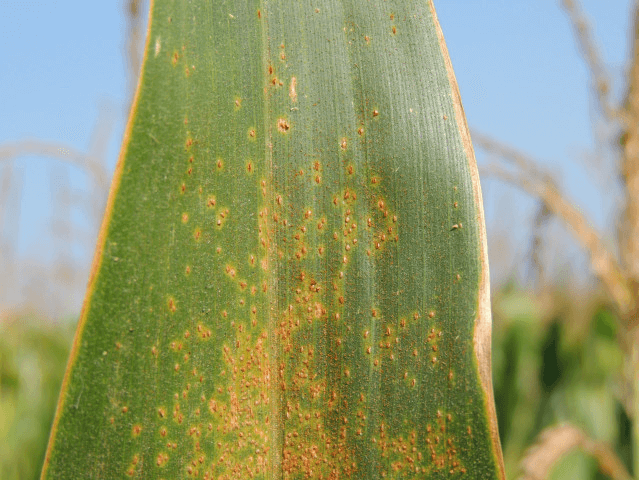
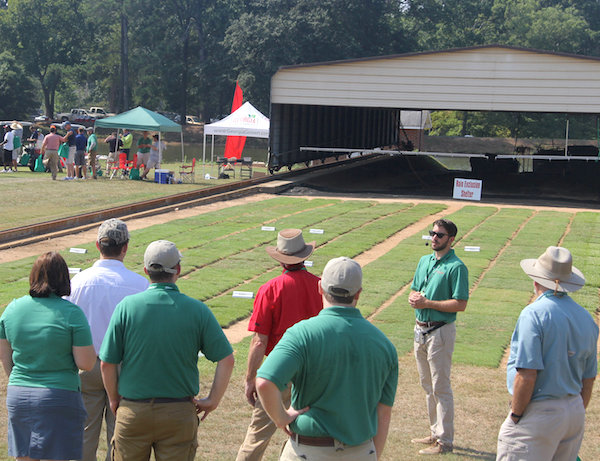
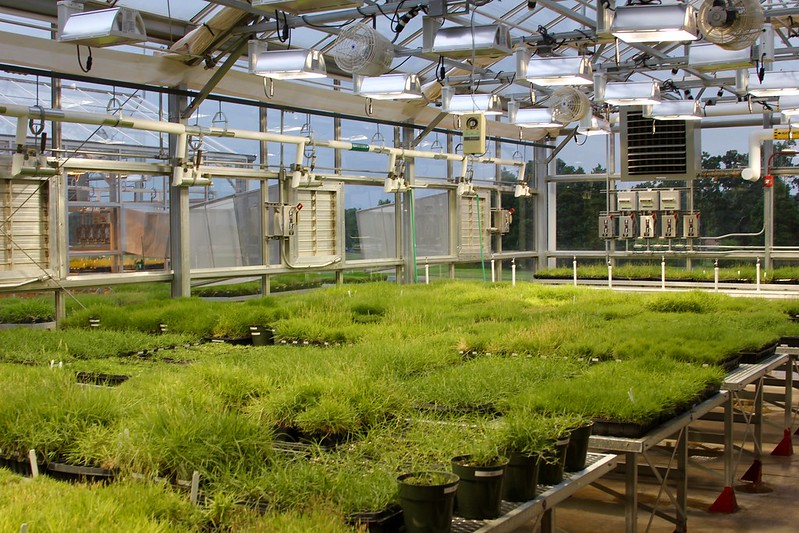
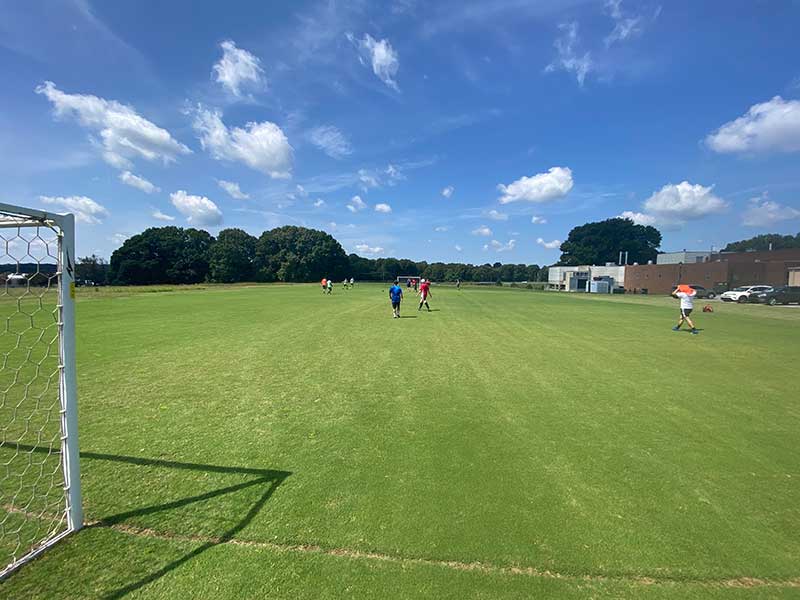
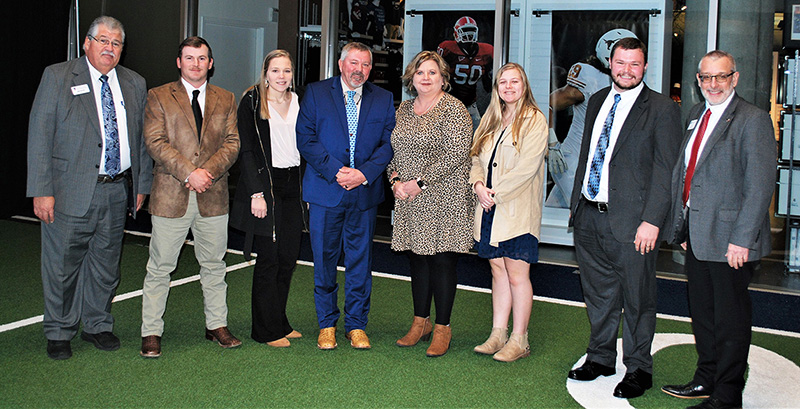
.jpeg)
.jpg)
